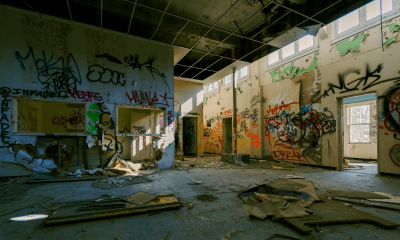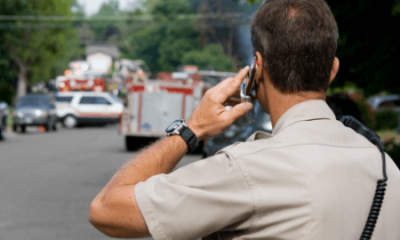How to Make a Business Continuity/Disaster Recovery Plan
What is ‘Business Continuity’?
Business Continuity refers to a strategic business plan implemented in the event of a disaster. In other words, if a disaster were to take place today how would your business, employees, departments and business partners continue to operate? An unfortunate event could be as minor as a software malfunction, to something as major as a terrorist attack, power outage, or hurricane. Having a Business Continuity/Disaster Recovery plan for your business involves planning, preparing, implementing and forever changing and improving steps to ensure your business’ success and future viability after damage has occurred.
 If a Business Continuity/Disaster Recovery plan is not constructed and put into effect prior to a catastrophe, your business will become extremely susceptible to dangers such as financial hardship and even permanent closure. Making a Business Continuity plan should be part of every business’ start up plan to not only safeguard the location and income, but also to guarantee the safety of employees and longevity of the business’ relationships with both customers and business partners.
If a Business Continuity/Disaster Recovery plan is not constructed and put into effect prior to a catastrophe, your business will become extremely susceptible to dangers such as financial hardship and even permanent closure. Making a Business Continuity plan should be part of every business’ start up plan to not only safeguard the location and income, but also to guarantee the safety of employees and longevity of the business’ relationships with both customers and business partners.
Assess Risks'
Day-to-day operations
- What can your business not function without? (Equipment, computers, scanners, two-way radios, vehicles, suppliers, distributors, etc.)
Location-related weather
- Does your business’ physical location make your building more susceptible to weather damage from tornadoes, hurricanes, floods, winter storm weather, hail, etc.?
Insurance
- If a disaster were to occur, would your business be covered?
- The most effective way to assess insurance coverage gaps is to evaluate it from a loss perspective
Create Plan to Continue Operations
Address the risks identified above
- Functionality
- Identify where/who to get replacements from and what the price will be
- Have a contract ready for a specified number of replacements (computers, scanners, etc.) that you would need
- Weather-related
- Update your physical building using preventative measures/materials to help it sustain a weather-related disaster
-
- Have a temporary location in mind if the building will need construction or is irreparable where operations can still continue
- Insurance
- Identify insurance coverage weaknesses and address them with your carrier
- Resources for businesses:
Create a communication guide and a chain-of-command guide
- Identify all personnel and who their back-up is in the building
- Create an accessible manual of each employee’s job description and job duties and include a ‘how-to’ guide on their basic job duties in the hopes that anyone could pick up their job if necessary with minimal training in an emergency situation
Create equipment list
- Document all IT equipment, who has what and what is essential to keep the business running
Create list of important documents
- Gather important documents
- Make sure to back them upoff-site/digitally
Test Your Business Continuity/Disaster Recovery Plan
Create scenarios
- What could potentially happen to your business? See how your Business Continuity plan functions amidst chaos.
- For example: You run a hotel that has just experienced a power outage due to a major storm and your backup generators are down. Run through your disaster plan to address how your hotel would continue functioning in this scenario.
Review & Improve Plan
Think of your Business Continuity/Disaster Recovery plan as a constant first draft.
- There will be many edits to be made and it will be forever-changing. New technologies and new hazards will emerge in time and your plan must accommodate for all changes.
Dan Craig, VP of Adjusters International and Tidal Basin gives advice for those who are preparing a Business Continuity Plan:











